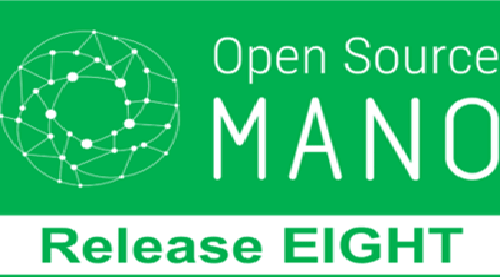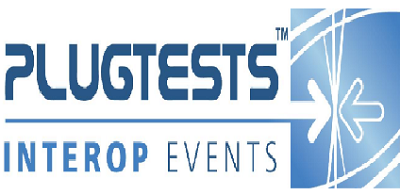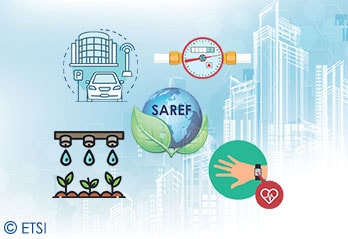Main News

ETSI launched OSM Release EIGHT
ETSI unveiled Open Source MANO (OSM) Release EIGHT. This new release adds ultra-scalable service assurance capabilities, support for new resilience schemes, and facilitates the visual operation for large-scale network deployments from Cloud to Edge.
Much more than “bells and whistles”, Release EIGHT brings a new framework for the real-time gathering of metrics and alerts, designed to manage service assurance in large production deployments. Although this new framework is agnostic of the specific monitoring method, Release EIGHT makes the use of SNMP (Simple Network Management Protocol) monitoring particularly easy, considering its vast popularity in commercial VNFs (Virtual Network Functions).
For Release EIGHT, OSM's VNF configuration layer (VCA) has introduced a new scheme for high-availability setups that greatly improves its resiliency to potential outage events. This Release also extends the support and flexibility of configuration tasks for the various components within a Network Service or Network Slice. These processes can now be launched from Kubernetes clusters in addition to Linux Containers, making the management of these critical processes more convenient for their operation at scale.

ETSI unveils NFV&MEC 2020 Interoperability Report: Strong focus on Containerized and 5G Network Services
The European Telecommunications Standards Institute (ETSI) released the report of its NFV&MEC Plugtests event that took place remotely in June 2020. After several weeks of remote integration and pre-testing, the event offered NFV and MEC solution providers as well as open source communities an opportunity to discuss and solve interoperability challenges while validating their implementation of NFV and MEC specifications and APIs.
Over 40 organizations and more than 170 engineers were involved in the preparation of this important event forming an engaged and diverse community of implementers testing together the interoperability of over 65 NFV and MEC solutions. Test sessions covered a wide range of configurations and showed interoperability rates from 75% to 93%. Participating organizations were able to interact remotely through the ETSI HIVE (Hub for Interoperability and Validation at ETSI) which provides a secure framework to interconnect participants’ labs and implementations.

ETSI launches IoT ontology for automotive, eHealth, wearables and water distribution
The ETSI SmartM2M technical committee extended its IoT SAREF ontology with four new sectors addressing the automotive, eHealth/Ageing-well, wearable and water domains. The Smart Applications REFerence (SAREF) ontology is intended to enable interoperability between products from different providers and within various activity sectors in the Internet of Things (IoT), thus contributing to the development of the global digital market. SmartM2M already developed six extensions, now supplemented with these four new specifications.
The six extensions already released address the following sectors: Energy, Environment, Building, Smart Cities, Industry and Manufacturing, and Smart Agriculture and Food Chain. ETSI SAREF extensions are structured into two parts, with the first describing the ontology and semantics of the sector and the second focusing on specific use cases as examples. These are designed to evolve with new use cases to meet industry needs and requirements.

A new series of European standards addresses the material efficiency of energy-related products
The transition towards a Circular Economy is widely considered as a necessary step to address the challenges related to the creation of a more sustainable economy. European Standards (ENs) are essential complementing tools that support the implementation of EU legislation, as well as the climate and energy targets, by promoting best practices, improving energy efficiency, safety and providing tools to optimize installations and systems.
In the field of Ecodesign (2009/125/EC) and Energy Labelling (2017/1369/EU), CEN and CENELEC produce European Standards that provide dedicated methods for measuring the energy performance of various energy-related products against the compulsory values and thresholds laid down in the Regulations adopted by the European Commission.
The eight standards were published over the course of 2019 and 2020 by CEN-CENELEC Joint Technical Committee 10 on Energy-related products - Material Efficiency Aspects for Ecodesign (CEN-CLC/JTC 10), whose Secretariat is held by NEC, the Dutch Electrotechnical Committee. They are:





